
A stye is an inflamed meibomian gland of the eyelid forming at the very edge of the eyelid. This is a red and swollen bump that resembles a pimple. A stye is tender to touch and may cause spontaneous pain as well. The condition affects the inner or the outer surface of the eyelids and is reported in people of all ages. Some people experience a stye once in their lifetime. In others, however, eye styes reoccur. The condition is also known under the name horedeolum.
External stye is more frequent than internal stye. It develops in a form of a bump at the edge of the eyelid which eventually turns into an abscess and is a cause of inflammation of the nearby skin and underlying tissues. Internal stye affects the inner surface of the eyelids. The bump is in this case pointed towards the eyeball and is a major source of eye irritation.
Eye Stye Symptoms and Signs
Most patients suffering from eye styes complain about pain, redness and swelling of the affected eyelid. Typically there is only one stye present. Rarely, several bumps form at the same time. Also it is not common to experience eye styes on the eyelids of both eyes.
External stye is generally associated with the presence of a yellow, pus-filled lump located close to the edge of the eyelid or at the very edge of the eyelid. The lump is firm and tender to touch. Internal styes are red and may also contain a yellow head. They are very painful and cause gritty sensation in the eye.
In some people styes may cause certain complications. One of potential complications is chalazion, a completely blocked meibomian gland. Furthermore, one may end up with infection of the entire eyelid known as cellulitis. Eye Stye Causes
It is estimated that the majority of eye styes are actually caused by staphylococcal infection. The bacterium normally lives on people's skin and may enter through small openings in the skin at the edge of the eyelid. Further penetration of the bacteria into the meibomian glands leads to infection.
Eye Stye Treatment
Initially, patients are advised to apply hot compresses on the affected area. These are supposed to be applied three times per day. In more complex cases, when infection seems to affect the entire eyelid, patients are prescribed antibiotics. Large styes are treated surgically. The surgeon may pierce the stye or make a small cut and drain the content of the bump.
Unfortunately, some people suffer from repeated styes and these should pay special attention to their eyelids in order to prevent recurrence of the disease.


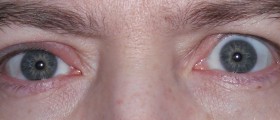


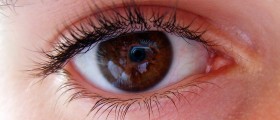
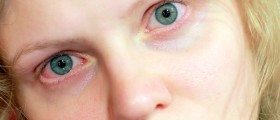
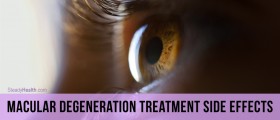
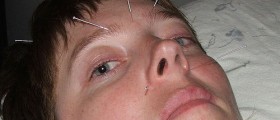
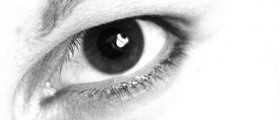


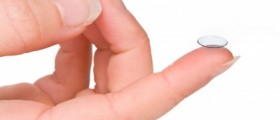




Your thoughts on this
Loading...